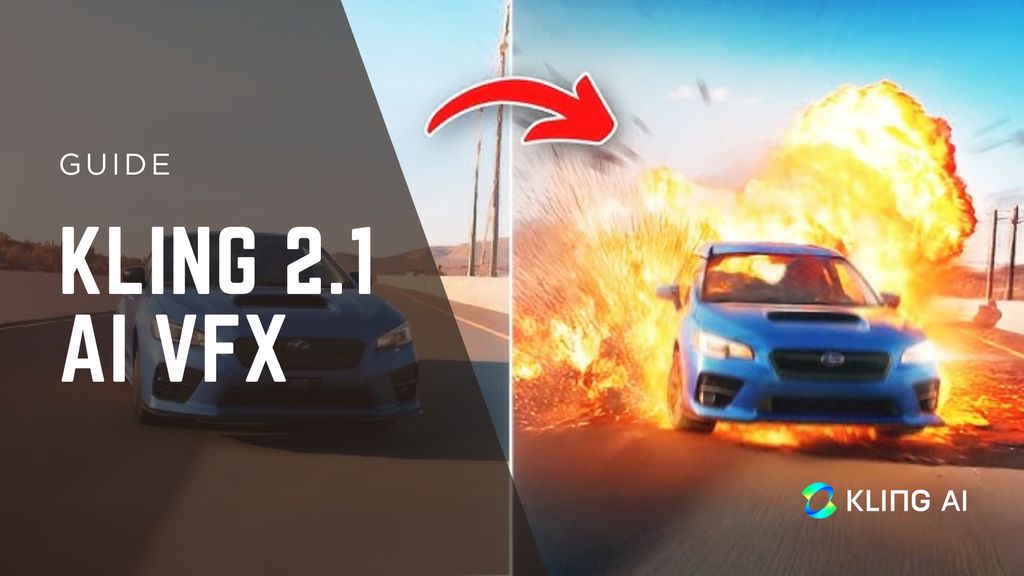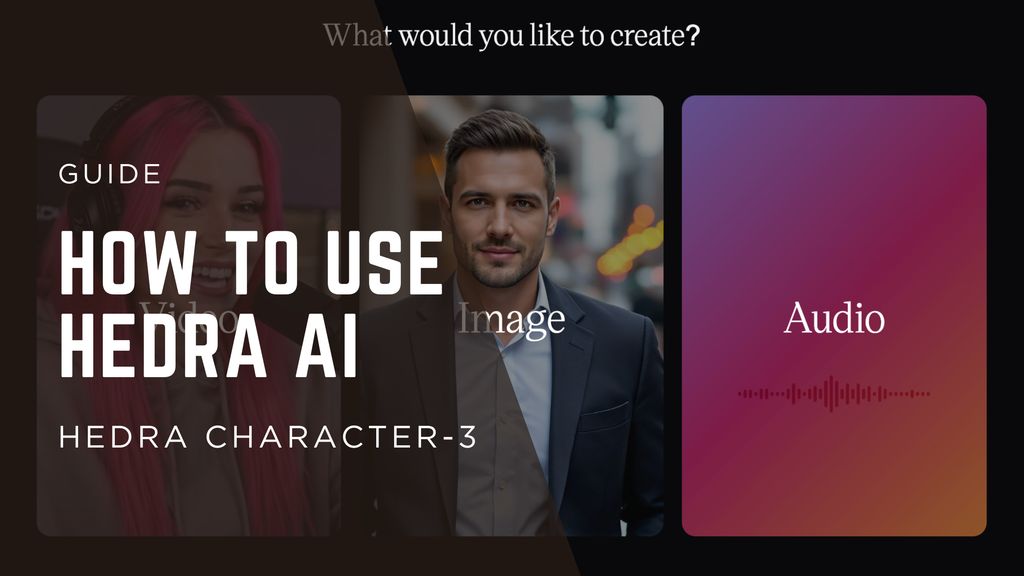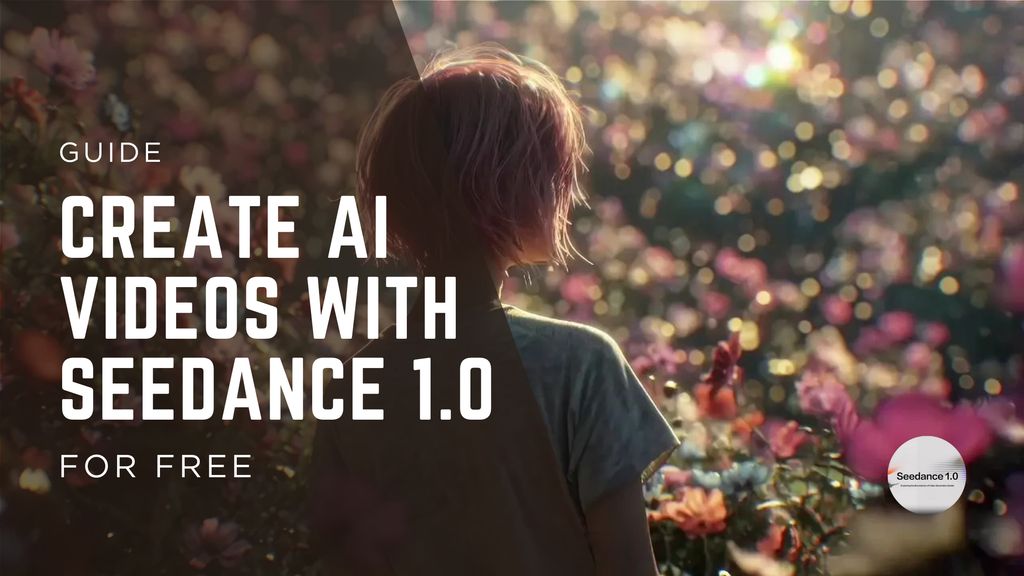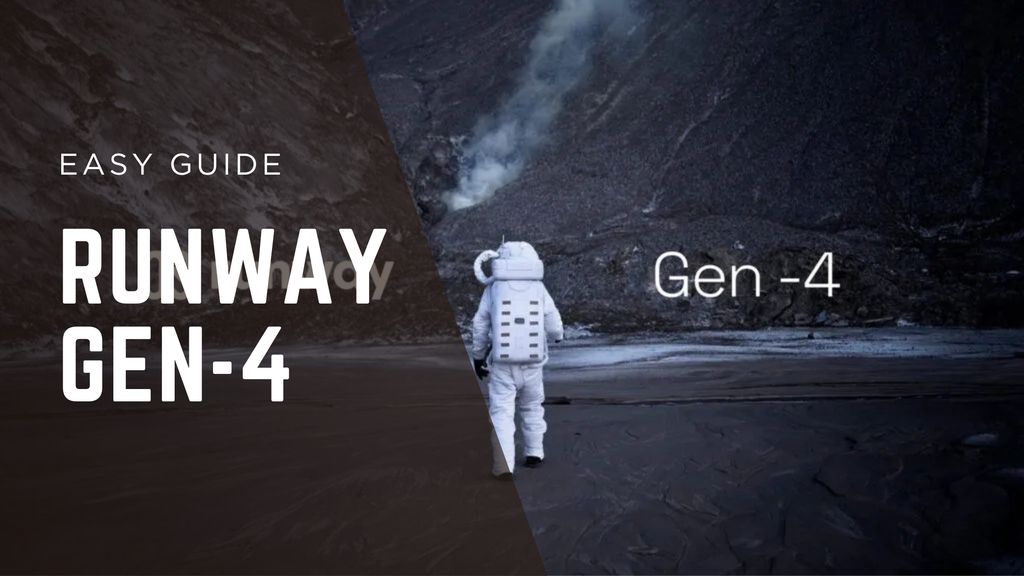Kling 2.1 vs Veo 3: Which AI Video Model Should Creators Use?

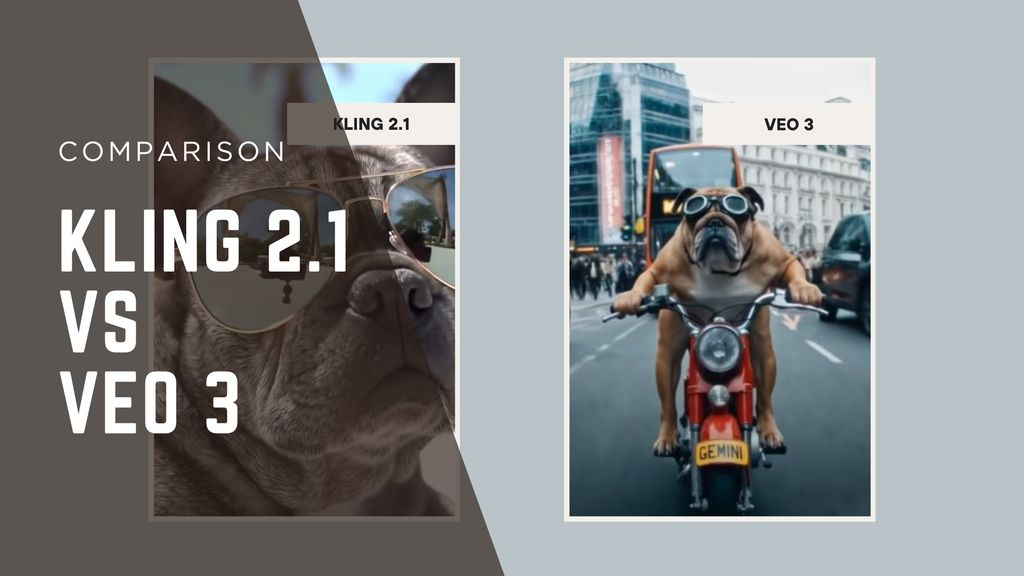
If you’re comparing Kling 2.1 and Google Veo 3, you’re eyeing two of the most advanced AI video tools of the year. Kling 2.1 shines with cinematic visuals and flexible API access, while Veo 3 leads in audio integration and prompt accuracy. Both are powerful - the real choice comes down to what you create most.
Quick Comparison Table
Feature | Kling 2.1 / Master | Veo 3 (Google DeepMind) |
|---|---|---|
Best Use | Image-to-video, cinematic shorts | Text-to-video, full audio-video scenes |
Resolution | Up to 1080p (Master mode) | Up to 4K upsampled |
Audio | Separate lip-sync tool | Integrated voice, effects, and music |
Speed | ~3–5 min per 10 sec clip | ~1–2 min with FAST mode |
Prompt Control | Detailed camera/motion control | Better at complex prompt adherence |
API Access | Full API, multi aspect ratios | Limited, Google ecosystem only |
Cost per 10 sec | Standard: ~$0.76, Pro: ~$1.26, Master: ~$2.17 | ~₹1.00 (USD equivalent) for 8 sec clip |
Notable Strengths | Cinematic motion, visual style flexibility | Audio syncing, prompt responsiveness |
Prompt & Generation Capabilities
- Veo 3, especially via Google Flow or Gemini, excels in text-to-video with integrated audio, dynamic sound effects, and realistic lip sync.
- Kling 2.1 offers fine-grained prompt control for things like shot composition, velocity, and style but lacks Veo’s built-in audio sync.
Tip: Choose Veo 3 if you need a complete video speak-style product. Pick Kling 2.1 if visual style precision and flexibility matter more.
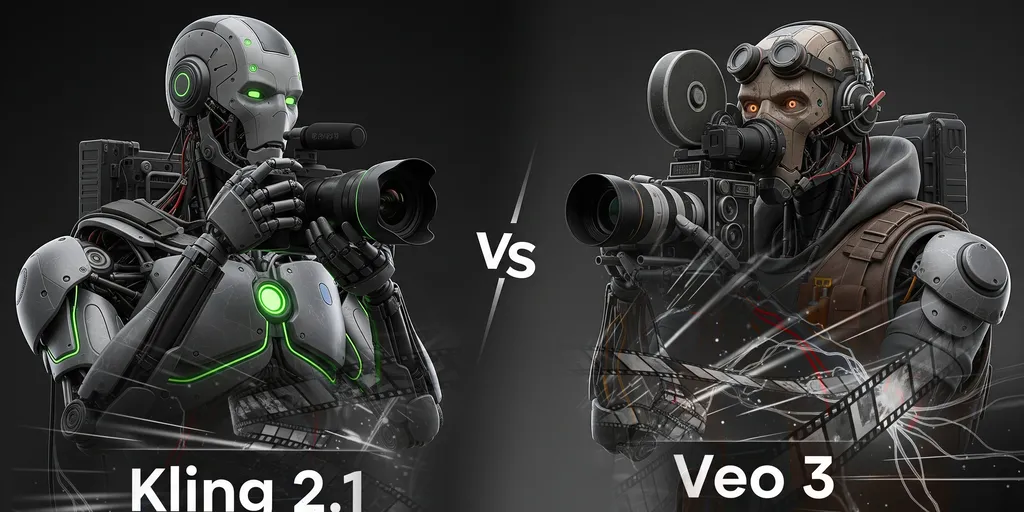
2. Motion Realism & Visual Fluidity
- Kling 2.1 uses 3D spatio-temporal attention, which results in smoother motion and character consistency - great for scene continuity and movement-heavy visuals.
- Veo 3 delivers cinematic polish with transitions and lighting, but occasionally struggles with multi-object scenes - especially under complex prompts.
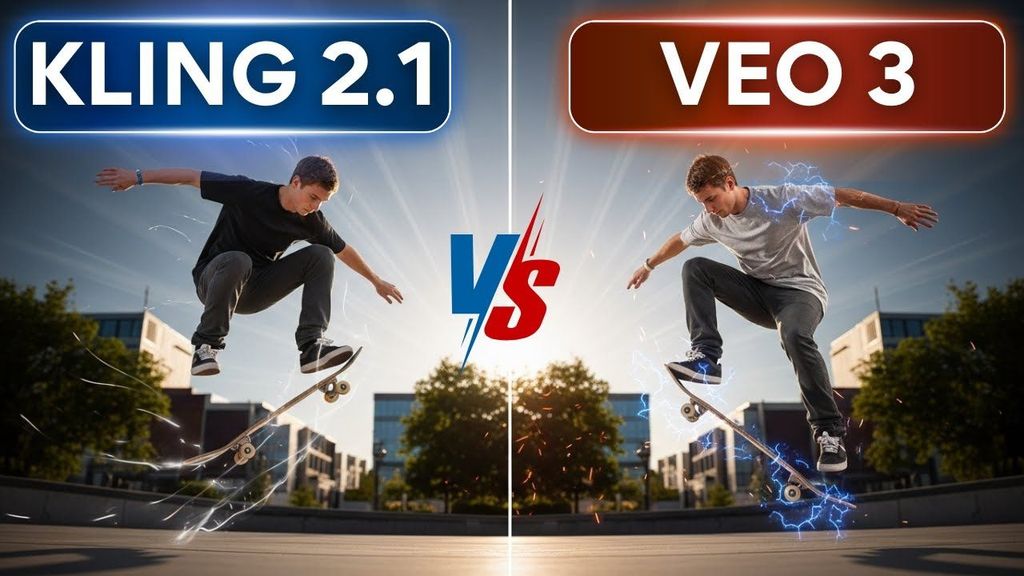
3. Audio, Lip Sync & Sound Design
- Veo 3 stands out thanks to seamless audio output - voice, ambient sound, and lip syncing are all native parts of generation.
- Kling requires additional steps for audio; you generate video, then pass it through a separate lip-sync tool (voice is customizable though).

4. Speed, Format & Platform Support
- Veo 3 on FAST mode (Gemini or Flow) wraps ~8-second clips in 1-2 minutes
- Kling 2.1 Master typically takes 3-5 minutes for similar content - but can queue multiple generations and supports aspect ratios tailored for TikTok/Reels formats (9:16, 1:1, 16:9).

5. Cost & Accessibility
- Kling 2.1 Master offers tiered pricing. Standard mode costs ~$0.76 per 10 sec, Pro ~$1.26, Master ~$2.17.
- Veo 3 costs approximately $1 per 8-second clip or charges $249/month for high-volume creators.
6. Creator Use Cases
Use Kling 2.1 when you need:
- Cinematic visuals with smooth motion transitions (great for product storytelling, character-centric content)
- Flexible API for automated workflows or bulk generation
- Multi-aspect ratio support ideal for vertical short-form platforms
Use Veo 3 when you need:
- Fully produced videos in one go (visuals + audio + synced lips)
- Quick response to complex text prompts
- Social-friendly marketing videos with minimal editing
Pro Tips for Best Results
- For Kling, include explicit camera verbs (“pan left,” “crane up”) and visual descriptors (“warm tone, flicker shadows”) to maximize the motion realism.
- For Veo, leverage the FAST mode for short rough drafts, then use full quality for final edits.
- Test both tools on identical prompts to evaluate which aligns with your creative and production needs.
Final Thoughts
AI video creation isn't about choosing the "best" tool - it's about choosing the right one for your workflow.
- Kling 2.1 gives you full control over cinematic visuals, motion precision, and flexible output formats - perfect for creators obsessed with visual fidelity.
- Veo 3 offers an all-in-one solution for fast, polished content - especially if audio, voice, and storytelling are priorities.
For product launches, cinematic ads, or narrative precision - go with Kling.
For social-ready content, lip-synced explainers, or prompt-to-publish ease - Veo wins.
Either way, the future of video isn’t filmed - it’s generated.

.jpg)
